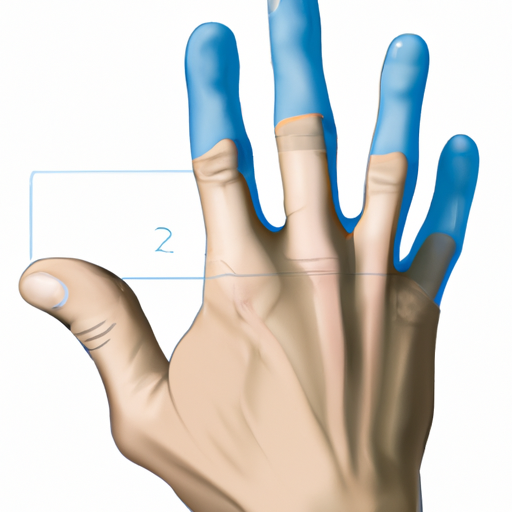In recent years, gesture control interfaces have emerged as a groundbreaking advancement in human-computer interaction, facilitating touchless technology that enables users to engage with devices through natural movements. This technology has rapidly evolved, thanks in part to innovations in AI and sensor technologies, offering a hands-free alternative that is reshaping the way we interact with digital environments.
The Rise of Touchless Technology
Gesture control interfaces utilize cameras and sensors to track users’ movements, translating them into commands for various devices. This technology has applications across multiple sectors, from virtual reality (VR) environments to smart home devices and automotive interfaces. As societies become increasingly aware of hygiene and the challenges posed by traditional input methods, the demand for touchless technology has surged.
Enhancing User Experience
The integration of gesture control interfaces into everyday devices not only improves accessibility for users with disabilities but also enhances the overall UX design. With gesture recognition software, developers can create more engaging and intuitive user experiences. The seamless interaction provided by these interfaces allows users to perform tasks with minimal physical contact, promoting a more fluid digital experience.
Applications Beyond Gaming
Initially popularized in gaming, where it brought a new level of immersive gameplay, gesture control technology has expanded into various fields. From healthcare to education, its applications are vast. For instance, surgeons can navigate through complex visualizations during operations without needing to touch surfaces, minimizing contamination risks.
The Future of Gesture Control
As developers continue to refine gesture recognition algorithms and hardware improves, the potential for gesture control interfaces is limitless. Future innovations may lead to more intuitive systems that understand context and user intent, further bridging the gap between humans and machines. Businesses looking to enhance their technology solutions should consider investing in gesture interface technology to stay ahead of the curve.
Conclusion
The shift towards gesture control interfaces is not just a trend; it represents a fundamental change in the way we communicate with technology. As this field grows, it promises to unlock new possibilities for interaction, paving the way for a more accessible and intuitive digital future. Stay tuned as we continue to witness the evolution of human-computer interaction in the coming years.
Keywords: gesture control interfaces, touchless technology, human-computer interaction, UX design, AI, virtual reality




